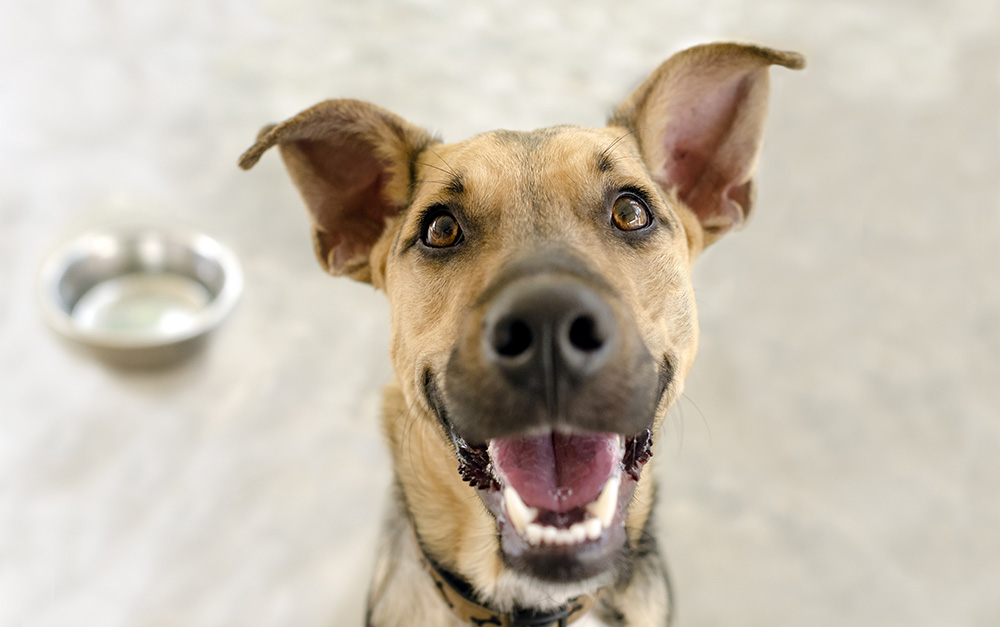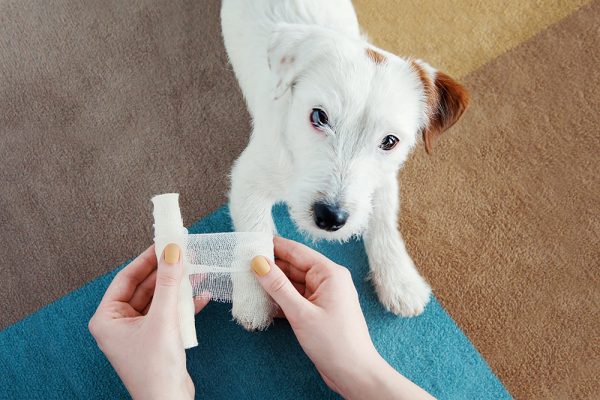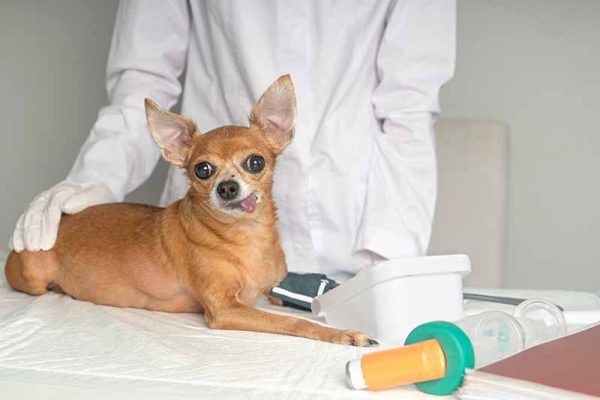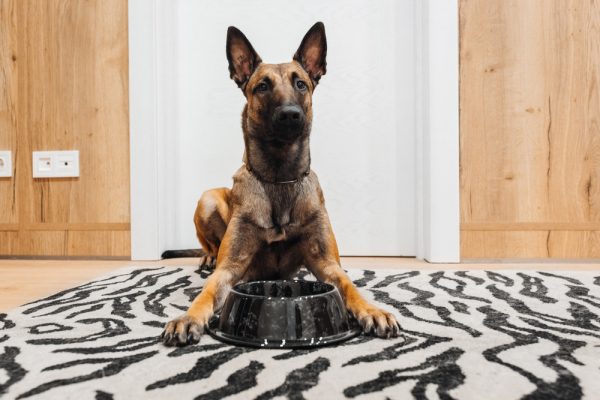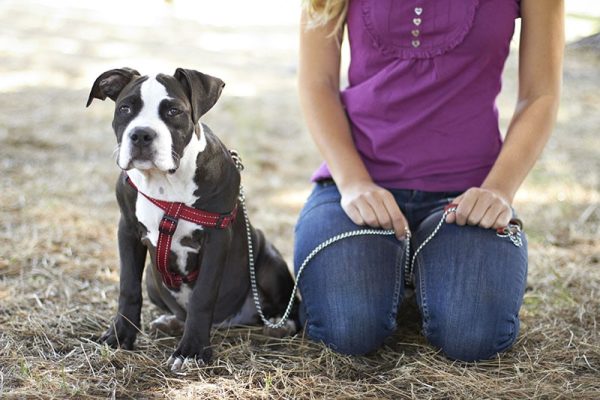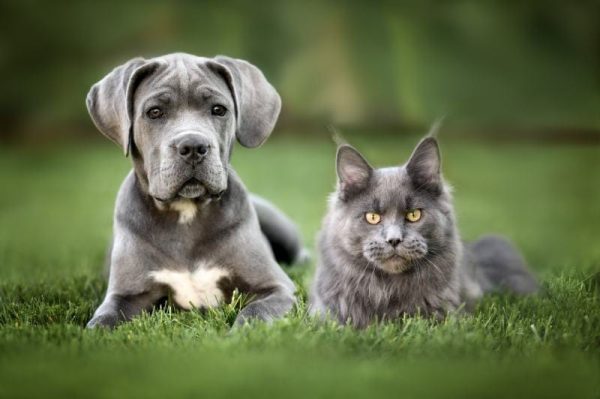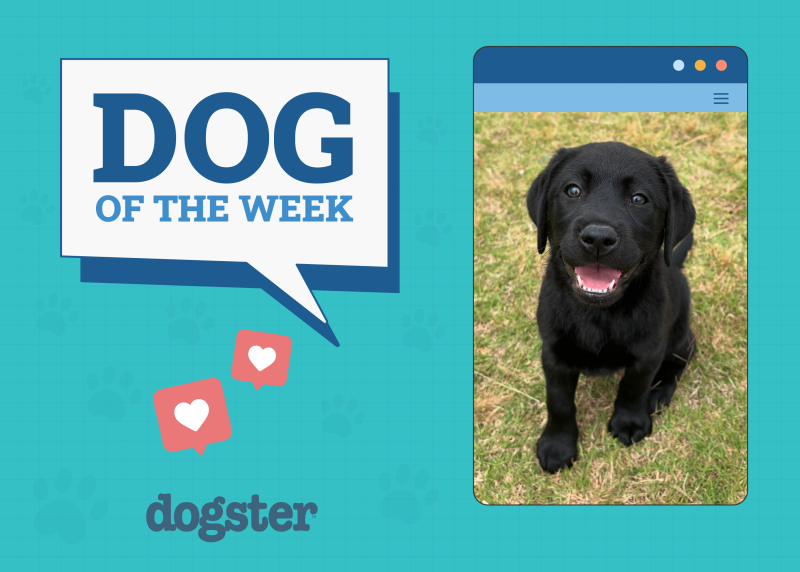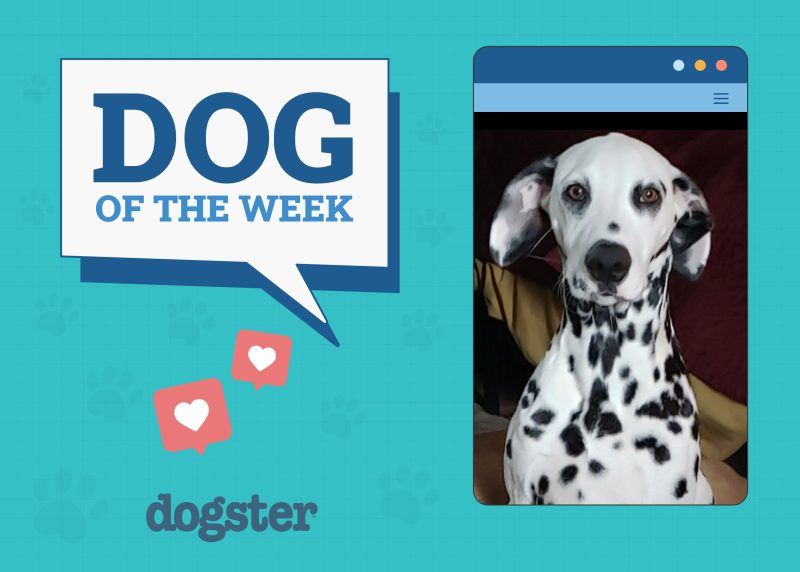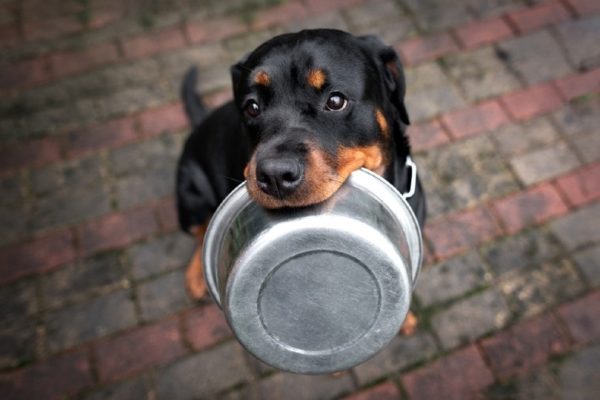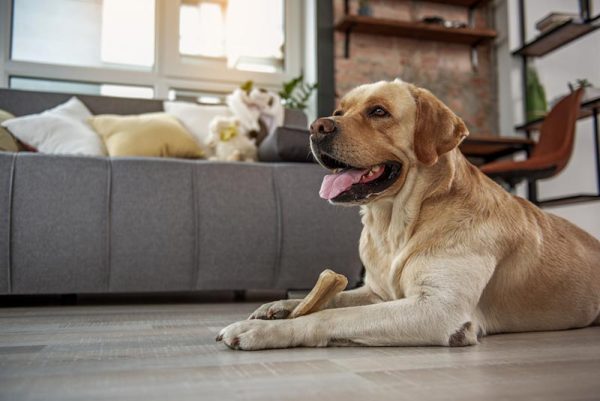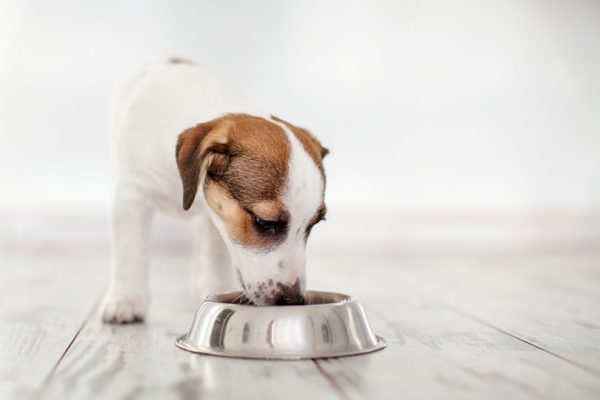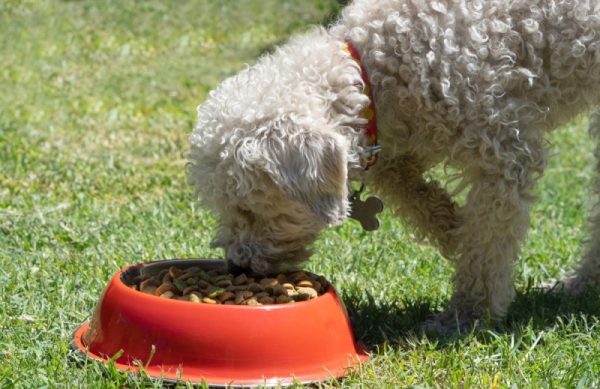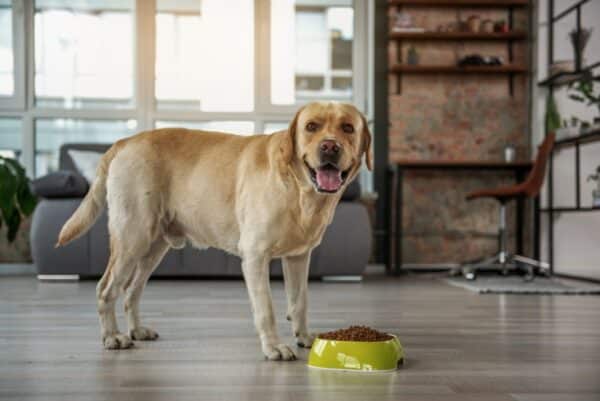All dog owners want their pets to be happy and friendly when guests come around, as it makes for a more enjoyable time for all concerned. But when your dog is overly excited and going bonkers, it can become an event you dread. It’s as if they can’t calm down and don’t hear a word or command you say. And often, it starts as soon as the doorbell rings or they hear a knock at the door.
There are several causes for this type of behavior. Sometimes, it can be a tendency of the breed, but often, it comes down to a lack of training. Take a look at our top 10 tips for calming your dog when guests come over so that hosting a gathering is no longer something you dread.

Top 10 Tips for Calming a Dog When Guests Come Over
1. Basic Preparation and Training
If you haven’t already been doing so, you need to start training your dog to understand basic commands. Teaching your dog basic commands, such as sit, stay, and lie down, ensures your dog has the building blocks of being well-behaved and that they will listen to you when commanded. It also gives your dog something to do, such as lie down, when guests arrive rather than jumping on them.
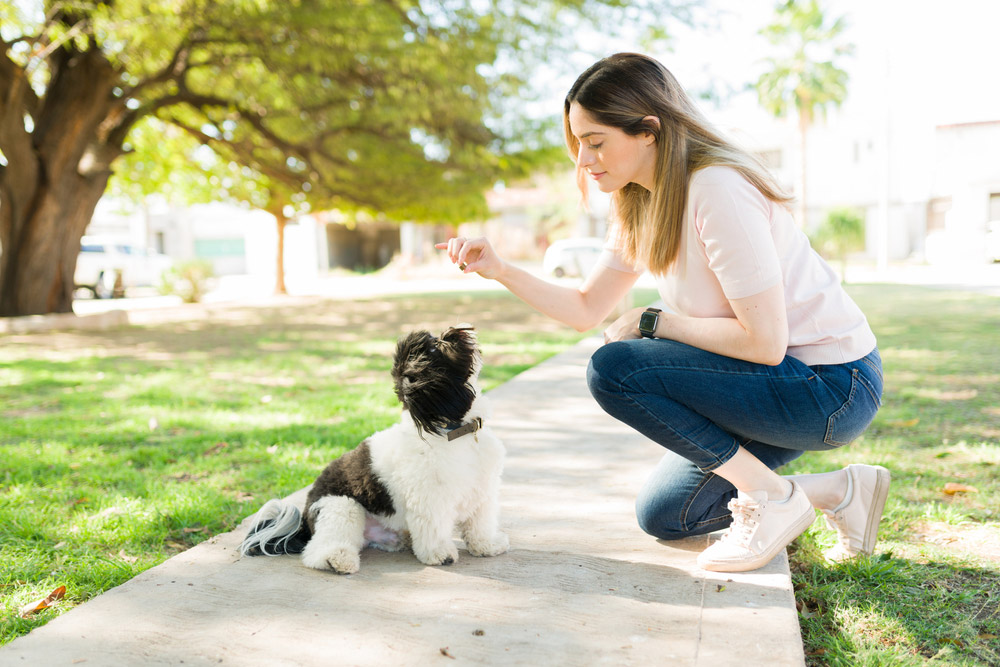
2. Desensitization
Desensitization is a tactic where you gradually calm your dog down by frequently exposing them to the exciting stimuli. This can include using doorbells, door knockers, or knocking sounds, having your dog calmly sit and then rewarding them for good behavior.
3. Implement a Guest Arrival Protocol
Train your dog to go to a designated separate area or safe space (like their bed, crate, or a room) when guests arrive. This provides a structured and calm introduction and keeps them from jumping on your guests. It might take a little time, but with enough practice and reinforcement, they will obey your commands.
Until your dog is fully trained, it is preferable to keep a spare leash by the door so that you know there is always one to hand. That way, you can place them on the leash when your guests arrive and better control their unruly antics. You can gently guide them away from your guests and prevent them from jumping.
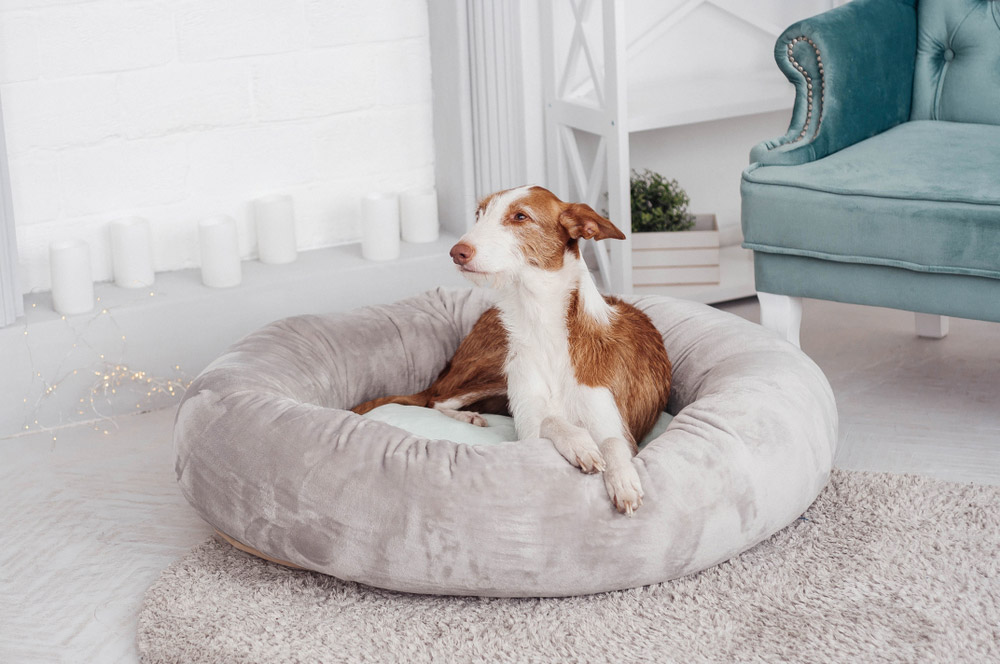
4. Exercise Them Beforehand
Ensure your dog gets sufficient exercise before guests arrive. A tired dog is more likely to remain calm and less likely to become overly excited or anxious. Create a consistent exercise regime so your dog becomes familiar with and knows when they are going for walks and potty breaks, as this helps to prevent over-the-top behavior and attention-seeking.
5. Distractions and Treats
Provide your dog with their favorite toy, teddy, or puzzle feeder to keep them occupied during guest visits. Toys that can be stuffed with treats, as well as ice cubes, frozen snacks, and long-lasting chews, are all great options to keep them distracted and busy. Always offer treats, acknowledgment, or attention as a reward for calm and wanted behavior.
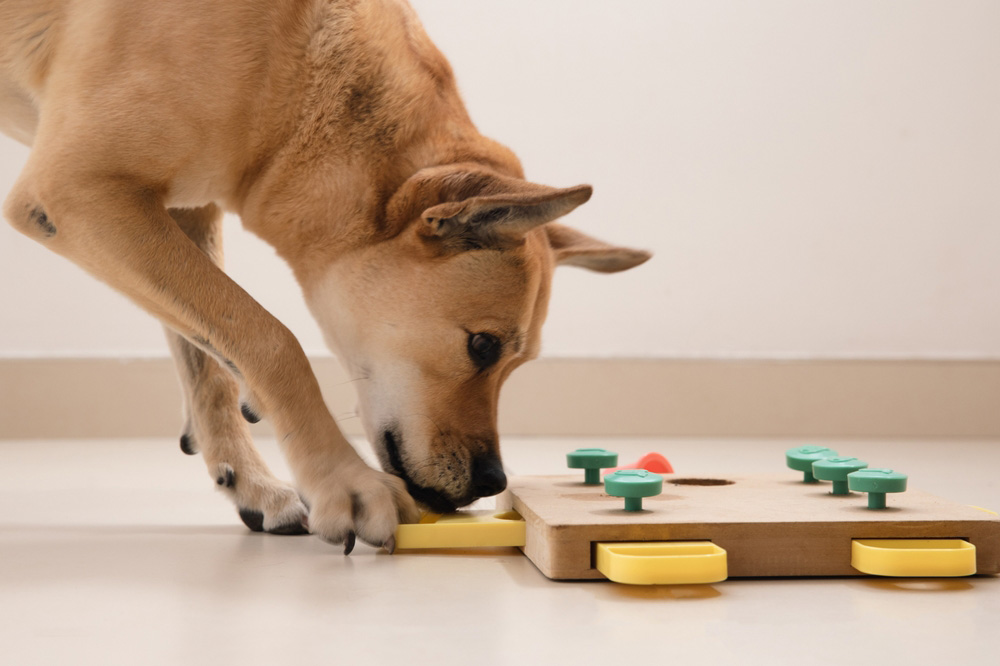
6. Stay Consistent With Positive Reinforcement
Reward your dog for calm behavior throughout the visit. Use treats, praise, and/or affection to reinforce the idea that staying calm (and quiet) leads to positive outcomes. Use the reward that is the main driver for your dog. For some canines, it’s treats (food is the most common motivation), but for others, it might be toys or a cuddle. Find your dog’s specific motivation and use that as their reward for positive behavior.
7. Practice With Familiar and Unfamiliar Guests
Invite friends or family over who are familiar with your dog. Practice calm greetings and interactions in a controlled environment. Once you find a technique that suits you, remain consistent with it and practice. Once you have this part under control, try moving on to people your dog doesn’t know or is less familiar with.
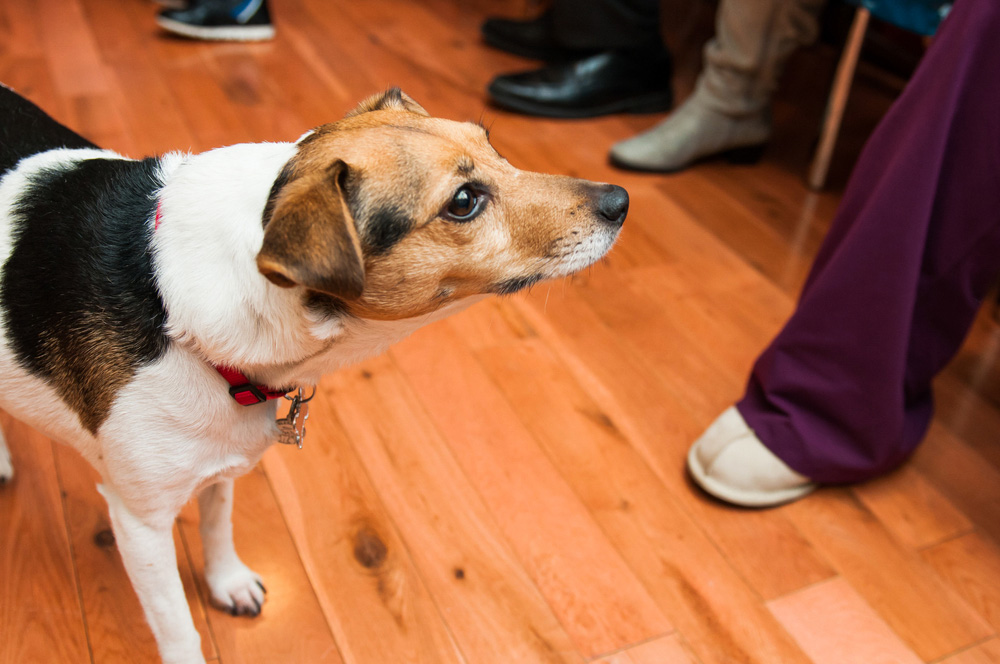
8. Create a Calm Environment
Diminish excitement by maintaining a calm atmosphere. Avoid being overly enthusiastic yourself during greetings. Be sure to keep your energy calm, stress-free, and confident, as your dog picks up on how you are truly feeling and will often mimic this behavior.
9. Professional Training
If your dog’s excitement and behavior are challenging to manage, are concerning you, or are simply not improving with your current techniques, then consider seeking guidance from a professional dog trainer or behaviorist. They can provide tailored strategies based on your dog’s specific needs.
Be sure to do your due diligence and only enlist the help of qualified and experienced dog trainers, behaviorists, and veterinarians. There are a lot of wanna-be’s out there who might mean well but don’t always know the best or correct information.
If you need to speak with a vet but can't get to one, head over to PangoVet. It's an online service where you can talk to a vet online and get the personalized advice you need for your pet — all at an affordable price!
10. Don’t Be Afraid to Use Time-Outs or Gates
Know that it is okay to give your dog a time-out and send them to their crate if they get overly excited. This shouldn’t be seen as a punishment, but rather as giving them a moment to calm down. It is best to put them in a crate or room that is away from all the noise and excitement. You should also consider giving them something to chew on so that they can calm themselves while still being mentally stimulated. You can also utilize dog gates to keep them confined to a certain area so that they can still see and hear what’s going on but don’t have access to your guests.

Conclusion
Consistency and using the right training techniques for your dog are crucial for training to be successful. It may take some time for your dog to adjust to these new behaviors and your new expectations of them, but with patience, persistence, and positive reinforcement, you can most definitely help your dog become calmer and more well-behaved when guests come.
Featured Image Credit: David P Baileys, Shutterstock
